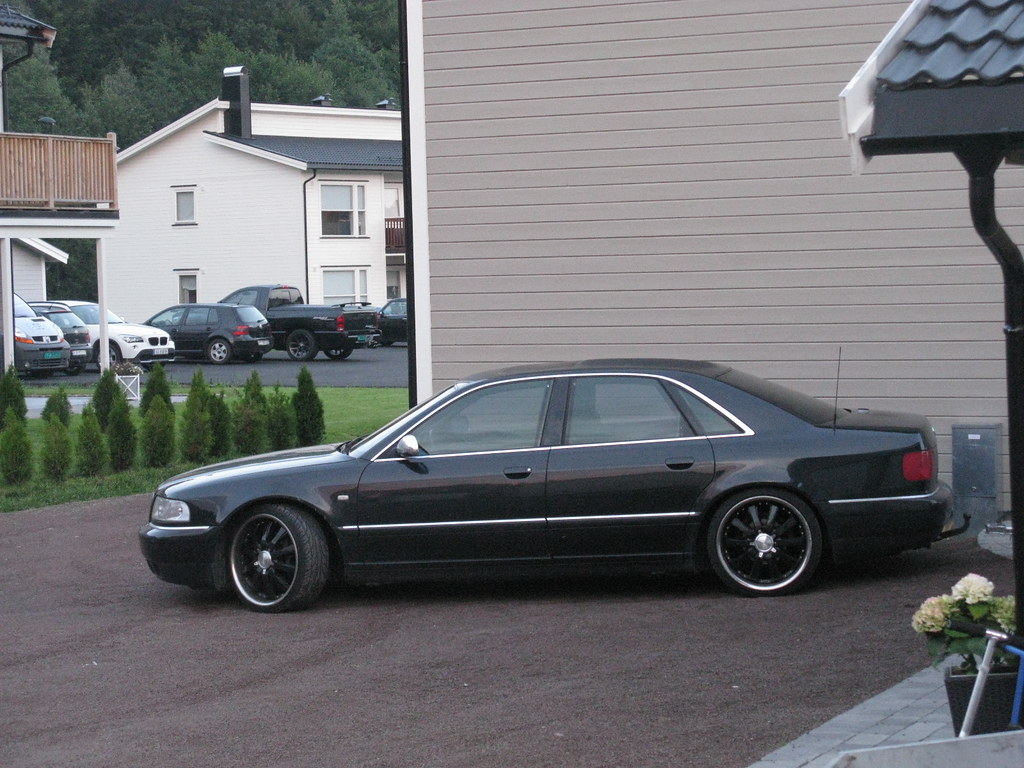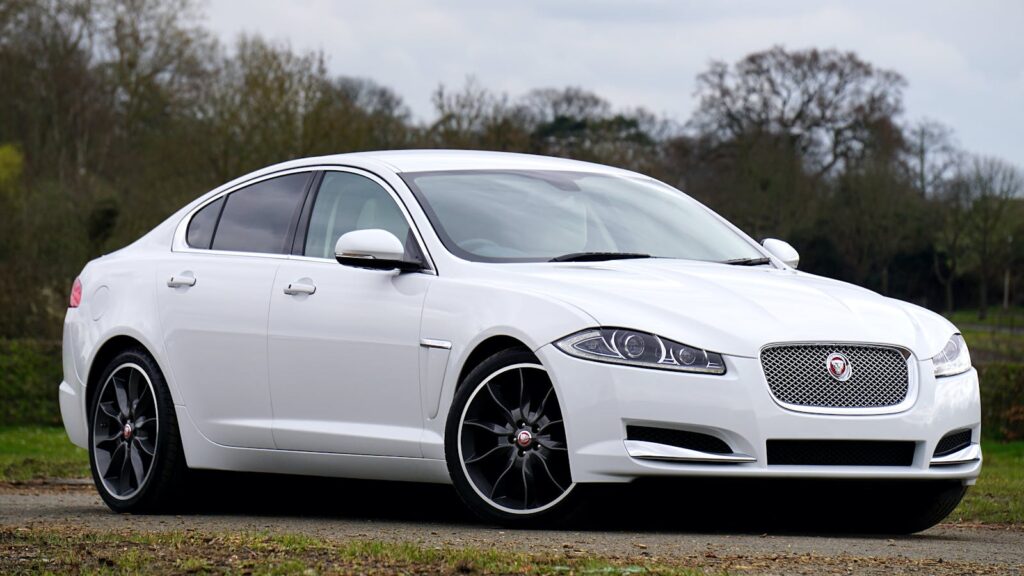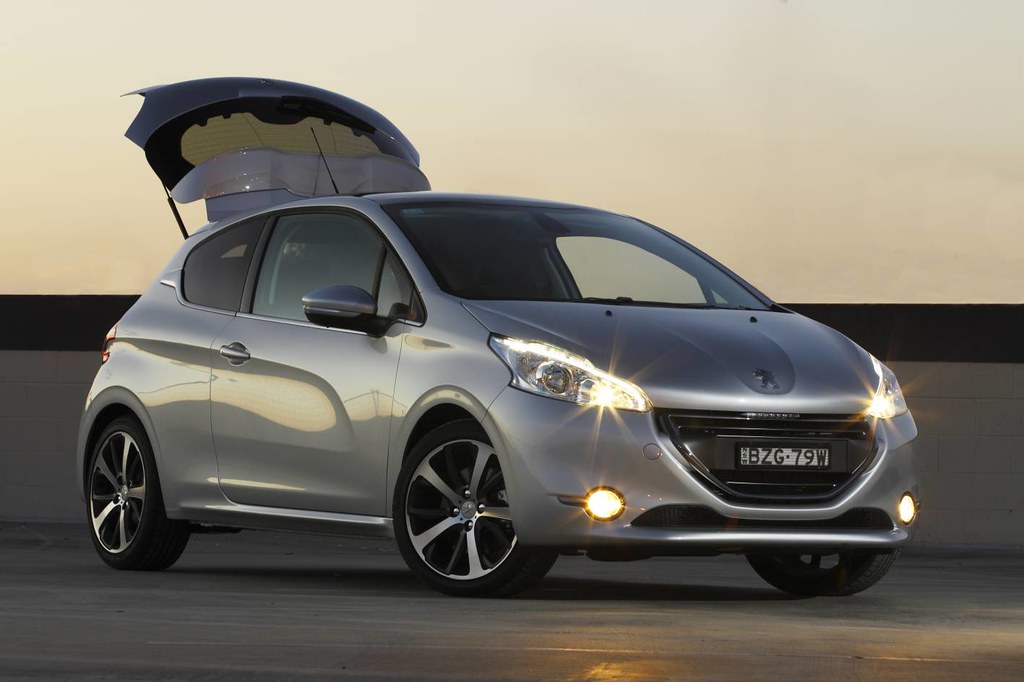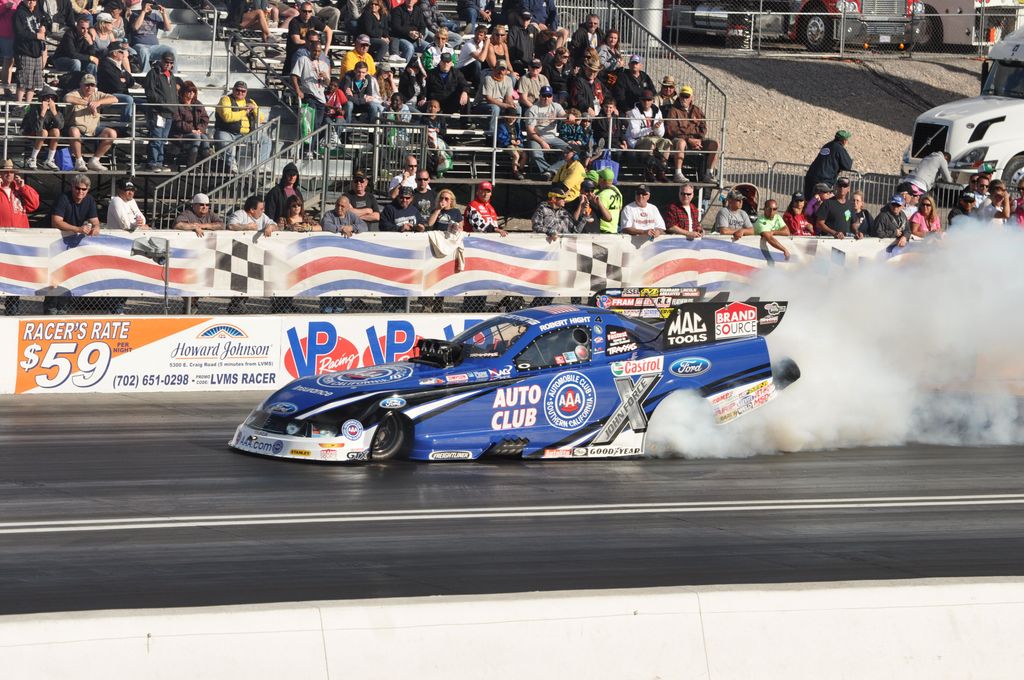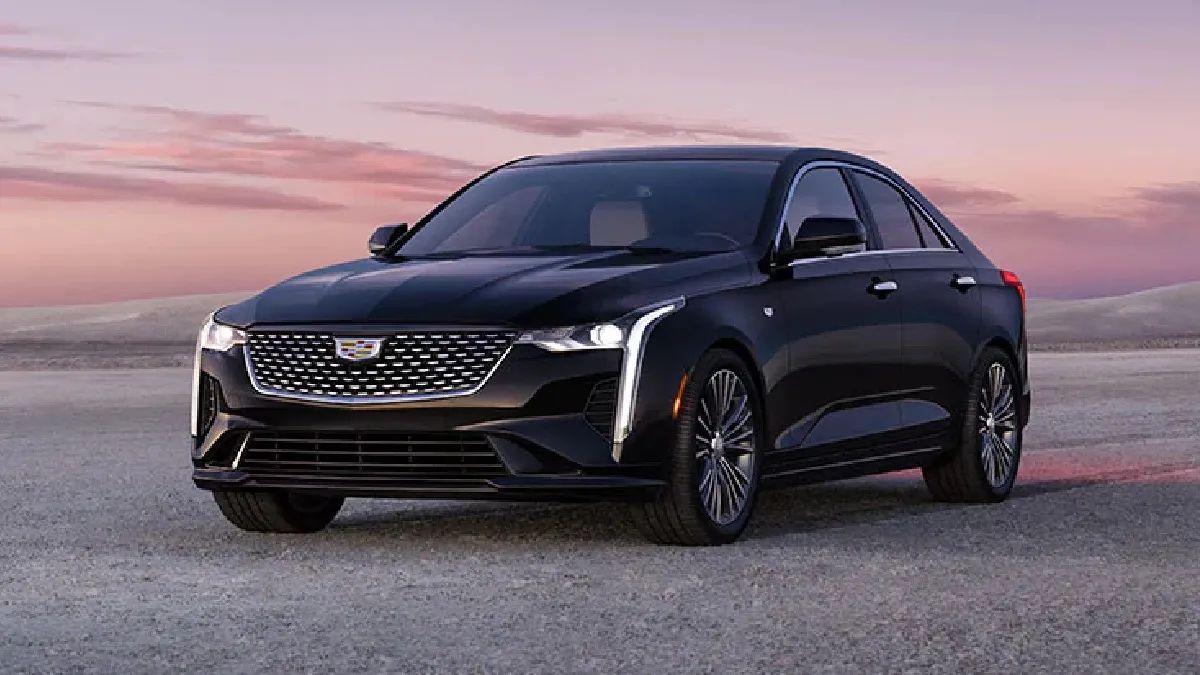
For many automotive enthusiasts, the allure of a new luxury car is undeniable. The promise of cutting-edge technology, sumptuous interiors, and exhilarating performance often overshadows one stark reality: depreciation. Unless one is acquiring a highly exclusive, limited-run exotic, the reduction in a vehicle’s value over time is an inherent aspect of car ownership, a financial truth that can be particularly jarring for those investing in the high-end segment.
Indeed, the moment those wheels hit the street, a new car begins its inevitable descent in market value. While this is true for all vehicles, luxury cars, with their inherently elevated initial costs, often experience the most significant drops. It’s not uncommon for a new luxury vehicle to shed a substantial portion of its value within just a year or two of ownership, leading to potentially shocking revelations when owners consider reselling. This rapid depreciation can translate into considerable financial losses for the unwary buyer, making an understanding of these trends paramount for smart investment.
Depreciation fundamentally refers to the reduction in an asset’s value over a period, primarily influenced by factors such as age, mileage, and overall condition. For high-value luxury vehicles, this is not merely an abstract accounting principle but a critical financial consideration that directly impacts the vehicle’s current worth and future resale potential. On average, luxury cars can lose anywhere from 40-50% of their original value within the first five years of ownership. However, for a select group of models, this rate of decline is even more pronounced, positioning them as significant depreciating assets that demand investor caution.
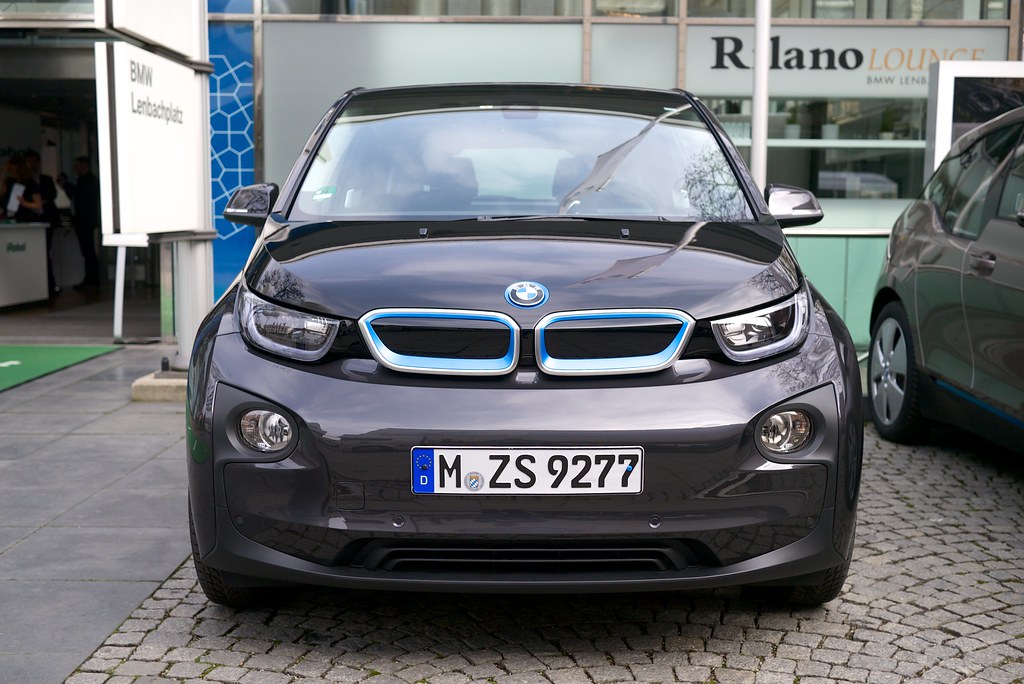
1. **BMW i3: The Electric Pioneer’s Rapid Descent (68% Depreciation)**The BMW i3 stands out as the luxury car with the highest depreciation rate after five years, astonishingly shedding 68% of its original value. This all-electric compact hatchback, initially launched in 2013, represented BMW’s pioneering foray into mass-produced zero-emissions vehicles, with approximately 250,000 units sold globally since its inception. Despite its innovative spirit, its market value has been significantly impacted by the rapid evolution of the EV segment.
The swift technological advancements in electric vehicle capabilities are a primary driver of the i3’s substantial depreciation. As BMW, along with other manufacturers, began introducing newer electric models like the i4 and iX, these vehicles offered superior performance metrics and extended driving ranges. This emergence of more advanced alternatives inevitably lessened the demand for the i3, which, despite its initial appeal, was quickly outpaced by its successors.
Further contributing to its precipitous drop in value is BMW’s decision to discontinue the model. With production slated to end in July 2022 and its earlier discontinuation in the U.S. market, the i3’s status as a current offering rapidly diminished. This factor often signals to the used car market a lack of future investment or support, accelerating depreciation for existing models.
For those considering the i3, the depreciation trajectory offers a stark warning: its estimated value loss after ten years is an even more extreme 81%. This data underscores the volatile nature of early-generation electric vehicles in a fast-changing market, where continuous innovation can quickly render older models less desirable and, consequently, less valuable.
Car Model Information: 2015 BMW i3 Base
Name: BMW i3
Manufacturer: BMW
ModelCode: I01
Production: September 2013 – August 2022 (250,000 units)
Assembly: Leipzig
Successor: BMW iX,BMW iX1,BMW i4
Class: Supermini
BodyStyle: hatchback
Doors: Suicide doors
Layout: Rear-motor, rear-wheel-drive
Chassis: Body-on-frame
Motor: BMW eDrive synchronous permanent magnet motor 125 kW
137 kW
Battery: kWh
ElectricRange: ampere hour,Convert,United States Environmental Protection Agency,Range extender (vehicle)
Engine: Straight-twin engine,range extender,9 L
Abbr: on
Transmission: Single speed with fixed ratio
Drivetrain: Series hybrid,plug-in hybrid,Range extender
Charging: Combo Coupler
Wheelbase: 2570 mm
Length: 3999 mm
Width: 1775 mm
Height: 1578 mm
Weight: 1195 kg
Sp: uk
Designer: Richard Kim (car designer)
ModelYears: 2014–2021 (North America)
Categories: All articles containing potentially dated statements, All articles with dead external links, Articles containing potentially dated statements from December 2019, Articles containing potentially dated statements from December 2021, Articles containing potentially dated statements from February 2014
Summary: The BMW i3 is an electric car that was manufactured by German marque BMW from 2013 to 2022. The i3 was BMW’s first mass-produced zero emissions vehicle and was launched as part of BMW’s electric vehicle BMW i sub-brand. It is a B-segment, high-roof hatchback with an electric powertrain. It uses rear-wheel drive via a single-speed transmission and an underfloor lithium-ion battery pack with an optional range-extending petrol engine.
Styled by Richard Kim, the i3 is a five-door with a passenger module of high strength, ultra-lightweight carbon fibre reinforced polymer adhered to an aluminium chassis, battery, drive system and powertrain. The body features two clamshell rear-hinged rear doors.
The i3 debuted as a concept at the 2011 International Motor Show Germany, and production began in September 2013 in Leipzig.
It ranked third amongst electric cars sold worldwide from 2014 to 2016. Its global sales totaled 250,000 units by the end of 2022. Germany was its biggest market with over 47,500 units delivered through December 2021, followed by the U.S. with over 45,000.
The i3 won two World Car of the Year Awards, selected as 2014 World Green Car of the Year and as 2014 World Car Design of the Year. The i3 received an iF Product Design Gold Award, and won UK Car of the Year 2014 and Best Supermini of 2014 in the first UK Car of the Year Awards.
Get more information about: BMW i3
Buying a high-performing used car >>>
Brand: BMW Model: i3
Price: $8,998 Mileage: 47,283 mi.

2. **Mercedes-Benz GLE500: Luxury SUV’s Steep Price Erosion (65% Depreciation)**The Mercedes-Benz GLE500 midsize luxury SUV secures the unenviable second spot on our list, experiencing a significant 65% depreciation after five years of ownership. Despite boasting many of the hallmarks expected from a Mercedes-Benz, including an attractive design and a meticulously crafted, luxurious interior, its inability to retain value poses a major financial concern for original buyers.
This substantial decline means that an initial investment of around $83,000 for a new GLE500, assuming an average annual mileage of 12,000, could see its worth plummet to less than $30,000 after half a decade. Such figures highlight the brutal reality of luxury SUV depreciation, where the sheer volume of high-end features and sophisticated engineering does not necessarily translate into sustained market value.
The rapid depreciation of models like the GLE500 also creates an interesting dynamic for the used car market. HotCars analysis suggests that potential buyers might save a considerable amount, up to $30,000, by opting for a two-year-old GLE500 instead of a new one. This illustrates a critical point for consumers: while buying new may offer the latest features, the financial penalty for doing so can be steep, making a carefully selected used model a far more financially prudent acquisition.
Ultimately, the GLE500’s performance on the depreciation front serves as a potent reminder that even highly attractive and luxurious vehicles are not immune to significant value loss. Investors must weigh the immediate gratification of a brand-new model against the substantial financial hit that comes with owning a vehicle known for such rapid depreciation, especially when its value drops by nearly two-thirds in just five years.
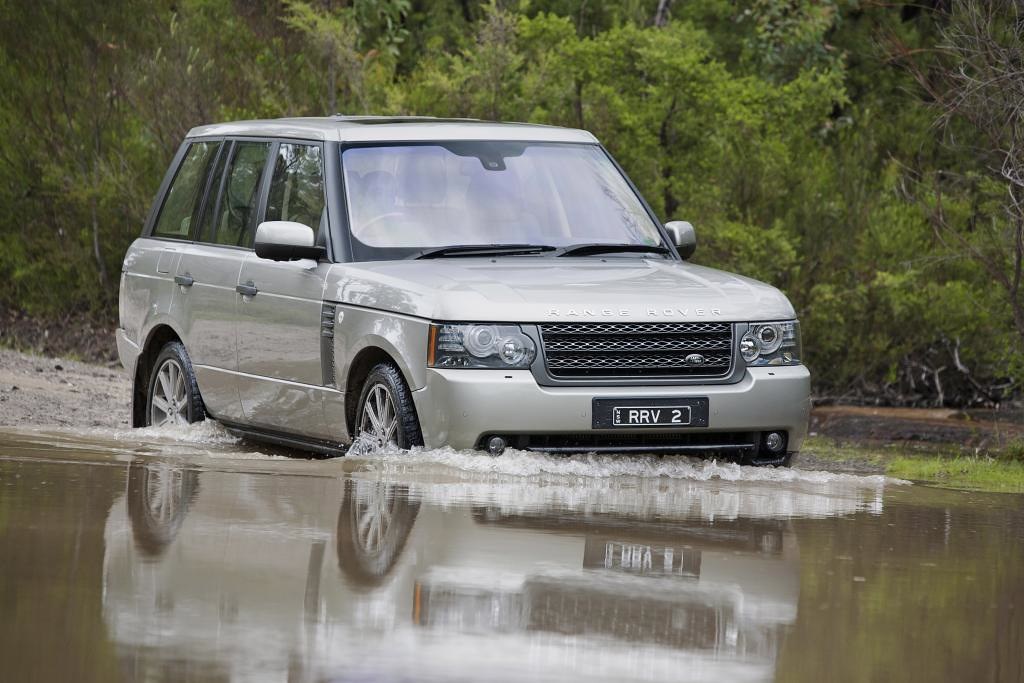
3. **Land Rover Range Rover: The Price of Prestige and Upkeep (63% Depreciation)**The iconic Land Rover Range Rover, a symbol of luxury and off-road capability, also finds itself among the top depreciators, with a 63% loss in value after five years of ownership. This significant decline is notably influenced by the perceived and actual costs associated with its repairs and maintenance, factors that frequently deter used car buyers and depress resale values.
Evolving over five decades from a robust workhorse to an ultra-luxe status symbol, complete with exorbitant options like $14,000 paint jobs, the Range Rover’s hefty price tag reflects its luxurious amenities and impressive off-road prowess. Its cabin is a showcase of premium materials and advanced technology, maintaining its reputation for being a highly capable and amenity-rich SUV. However, this level of sophistication often comes with a complex maintenance schedule and potentially high repair costs.
Prospective owners are often warned that while the Range Rover offers an exhilarating experience, owning one requires a prepared bank account. The context explicitly mentions the “fatigue” associated with fuel economy and the “whiplash” from depreciation, noting a resale value of around $57,000 after five years. This suggests that despite its enduring appeal and status, the cost of sustained ownership, including potential technical issues common with used luxury vehicles, plays a critical role in its rapid value erosion.
For those drawn to the Range Rover’s unparalleled blend of luxury and capability, the advice remains clear: if saving money is a priority, consider purchasing a used two-year-old model. This strategy can help mitigate the immediate and severe impact of initial depreciation and the higher maintenance costs associated with brand-new luxury vehicles, allowing owners to enjoy its attributes without bearing the full brunt of its significant value loss.
Car Model Information: 2023 Honda Accord LX
Caption: 2022 Range Rover SE P440e (L460, fifth generation, United Kingdom)
Aka: unbulleted list
Name: Range Rover
Manufacturer: unbulleted list
Production: 1969–present
Assembly: unbulleted list
Class: unbulleted list
Layout: Front-engine, four-wheel-drive layout
Sp: uk
Categories: 1980s cars, 1990s cars, 2000s cars, 2010s cars, 2020s cars
Summary: The Land Rover Range Rover, generally shortened to Range Rover, is a 4WD luxury mid to full size crossover marque and sub-brand of Jaguar Land Rover, owned by India-based Tata Motors. The Range Rover line was launched in 1970 by British Leyland and since 2022 is in its fifth generation.
Additional models have been launched under the Range Rover name, including the Range Rover Sport, Range Rover Evoque, and Range Rover Velar.
Get more information about: Range Rover
Buying a high-performing used car >>>
Brand: Land Rover Model: Range Rover
Price: $25,677 Mileage: 15,933 mi.
4. **Audi A8: Executive Sedan’s Disappearing Act (62% Depreciation)**Commanding a 62% depreciation rate over five years, the Audi A8, a flagship executive luxury sedan, represents a substantial financial drain for its original owners. As a high-value asset in the premium segment, its rapid depreciation illustrates a common trend where top-tier sedans, despite their advanced engineering and lavish appointments, struggle to retain value in the secondary market.
Luxury cars, particularly those at the pinnacle of a brand’s sedan lineup, often suffer from faster depreciation compared to their more utilitarian counterparts, such as SUVs. This accelerated decline is attributed to several factors: their exceptionally high initial purchase price, the rapid introduction of newer technologies that render older models less cutting-edge, and the generally smaller market for used ultra-luxury sedans. Buyers of used luxury sedans often seek the latest features at a significant discount, which naturally drives down the price of older models.
The Audi A8, known for its sophisticated design, luxurious interior, and advanced technological features at the time of its release, falls victim to this cycle. What was once groundbreaking becomes commonplace, and what was exclusive becomes less so with each passing model year. The inherent costs associated with maintaining such a technologically complex vehicle also contribute to a hesitance among used car buyers, who anticipate potentially high service expenses.
For investors eyeing the luxury market, the A8’s depreciation profile serves as a cautionary tale. While the vehicle itself offers an unparalleled driving and passenger experience, its significant value loss means that a substantial portion of the initial investment is effectively absorbed by depreciation. Those looking to own such a prestigious vehicle might find better financial sense in exploring models that are a few years old, thereby letting the initial owner bear the brunt of the most aggressive depreciation phase.
Car Model Information: 2025 Audi A8 L 55
Name: Audi A8
Manufacturer: Audi AG
Assembly: Neckarsulm
Production: #D2
Class: Full-size,luxury car
BodyStyle: sedan (automobile)
Platform: List of Volkswagen Group platforms
Layout: FF layout
Related: Audi S8
Predecessor: Audi V8
Categories: 2000s cars, 2010s cars, 2020s cars, All-wheel-drive vehicles, All articles lacking reliable references
Summary: The Audi A8 is a full-size luxury sedan manufactured and marketed by the German automaker Audi since 1994. Succeeding the Audi V8, and now in its fourth generation, the A8 has been offered with either front- or permanent all-wheel drive and in short- and long-wheelbase variants. The first two generations employed the Volkswagen Group D platform, with the current generation deriving from the MLB platform. After the original model’s 1994 release, Audi released the second generation in late 2002, the third in late 2009, and the fourth and current iteration in 2017. Noted as the first mass-market car with an aluminium chassis, all A8 models have used this construction method co-developed with Alcoa and marketed as the Audi Space Frame.
A mechanically upgraded, high-performance version of the A8 debuted in 1996 as the Audi S8. Produced exclusively at Audi’s Neckarsulm plant, the S8 is fitted standard with Audi’s quattro all-wheel drive system. The S8 was only offered with a short-wheelbase for the first three generations, being joined by a long-wheelbase variant for the fourth generation.
Get more information about: Audi A8
Buying a high-performing used car >>>
Brand: Audi Model: A8
Price: $76,711 Mileage: 935 mi.
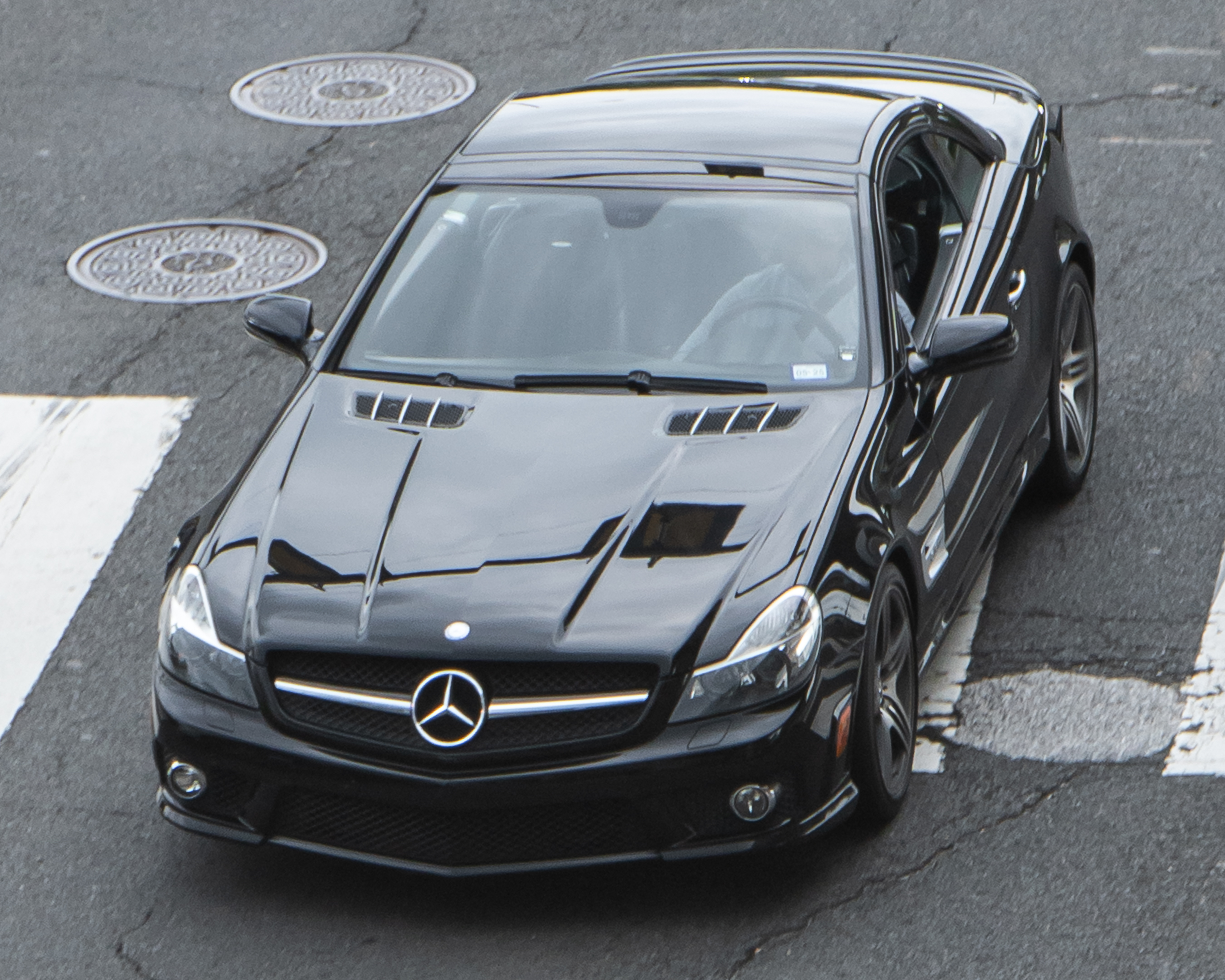
5. **Mercedes-Benz SL550: Roadster’s Road to Value Loss (62% Depreciation)**Sharing the same significant depreciation rate of 62% over five years as the Audi A8, the Mercedes-Benz SL550 luxury roadster also presents a notable financial challenge for its initial buyers. This substantial value erosion highlights the unique depreciation characteristics often observed in high-performance luxury convertibles and coupes, where initial exclusivity quickly gives way to market realities.
Vehicles like the SL550, with their focus on specialized performance and open-air driving, appeal to a niche market. While highly desirable when new, their limited practicality and specific appeal can make them less attractive on the used market, especially as newer, more technologically advanced, and often more powerful iterations are released. The high initial purchase price, a hallmark of such bespoke luxury vehicles, naturally sets the stage for a dramatic financial drop once the vehicle transitions from new to used status.
Furthermore, the maintenance costs associated with a sophisticated luxury roadster, including specialized components and potentially higher insurance premiums, can also influence its long-term value retention. Used car buyers, particularly those in the luxury segment, are acutely aware of these ongoing ownership expenses. These factors collectively contribute to a reluctance to pay premium prices for older models, even those with the legendary Mercedes-Benz badge.
For those captivated by the timeless elegance and performance of the SL550, understanding this depreciation pattern is crucial. The data indicates that a significant portion of the initial investment will be lost within the first five years, making it a powerful example of a luxury asset that demands careful financial consideration. Astute buyers would benefit from exploring options in the pre-owned market, allowing them to experience the luxury and performance of the SL550 without absorbing the brunt of its steep depreciation curve.
6. **Jaguar XF: The Luxury Sedan’s Value Slide (61% Depreciation)**Following the trends of its premium executive sedan counterparts, the Jaguar XF registers a significant 61% depreciation after five years of ownership. This stylish four-door, known for its elegant design, sophisticated driving dynamics, and a legacy of British luxury, unfortunately struggles to maintain its initial value in the fiercely competitive luxury market. The undeniable allure of a new Jaguar, while potent, often gives way to the harsh financial realities of the secondary market, making it a challenging investment for first-time owners.
Luxury sedans in this high-end category frequently face accelerated depreciation due to several interconnected factors. Their exceptionally high initial purchase price sets them up for a substantial monetary drop the moment they leave the showroom, especially as manufacturers rapidly introduce updated technology, advanced driver-assistance systems, and refreshed styling in newer models. This relentless pace of innovation quickly renders older versions less cutting-edge in the eyes of subsequent buyers.
Furthermore, the perception of potentially higher maintenance costs and specific, intricate repair needs for European luxury marques, including Jaguar, can significantly deter used car buyers. These anticipated expenses are often factored into the perceived long-term value, pushing resale prices downward. While contemporary Jaguars have improved reliability, historical perceptions, and the inherent complexity of high-performance luxury vehicles, still play a role in market hesitancy.
This creates a dynamic where a well-maintained, pre-owned XF can become an incredibly attractive proposition for buyers looking to access premium luxury at a considerably reduced price. However, prospective owners must enter the market with their eyes wide open, acknowledging the vehicle’s historical depreciation trajectory and diligently budgeting for potential upkeep, specialist servicing, and insurance costs. It’s a classic case where the initial owner bears the brunt of the steepest value loss, transforming it into a compelling buyer’s market for the discerning and financially prepared used car shopper.
Car Model Information: 2024 Jaguar XF R-Dynamic SE P250 AWD Automatic
Categories: All set index articles, Articles with short description, Jaguar vehicles, Set index articles, Short description is different from Wikidata
Summary: Jaguar XF may refer to:
Jaguar XF (X250) (2007–2015), an executive/luxury mid-size sports saloon car
Jaguar XF (X260) (2015–2024), the second generation of the executive/mid-size luxury sports saloon
Get more information about: Jaguar XF
Buying a high-performing used car >>>
Brand: Jaguar Model: XF
Price: $43,154 Mileage: 8,640 mi.
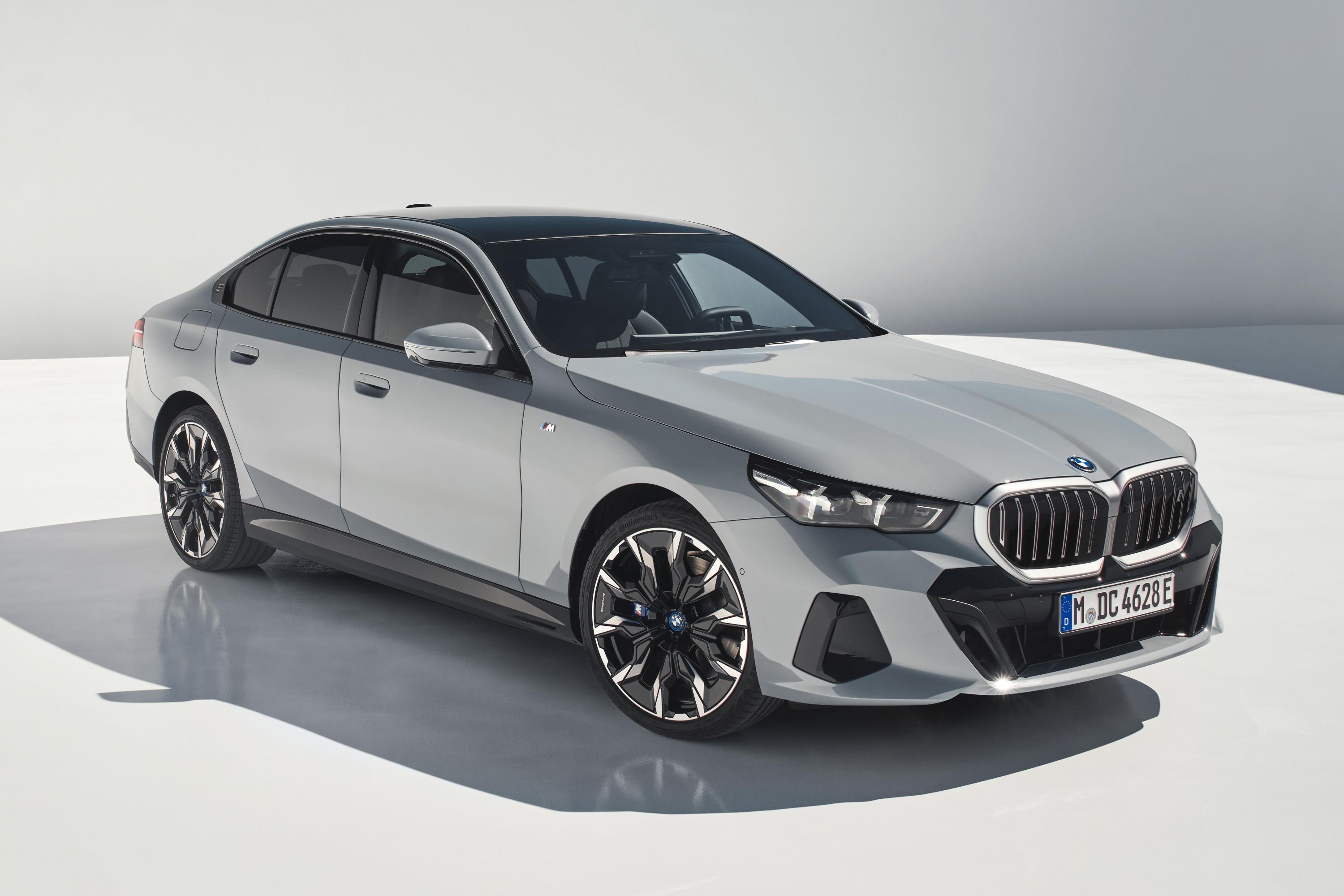
7. **BMW 750i xDrive: The Executive Flagship’s Financial Fall (61% Depreciation)**Matching the Jaguar XF’s significant depreciation rate, the BMW 750i xDrive, a true pinnacle of luxury and performance within BMW’s executive sedan lineup, also experiences a steep 61% reduction in value over five years. Despite offering an unparalleled blend of advanced technology, opulent comfort, and powerful engineering that embodies the ultimate driving machine ethos, its status as a flagship sedan does not insulate it from considerable value erosion. This trend is a consistent and often painful theme among high-end, full-size luxury sedans.
The reasons behind such a substantial depreciation for vehicles like the 750i xDrive are deeply rooted in the dynamics of the luxury segment. The market for brand-new, top-tier luxury sedans is inherently exclusive, and this exclusivity often diminishes rapidly on the used market as the car ages. Buyers of pre-owned luxury sedans are keenly aware of the fast-paced technological advancements; they typically seek out the most current infotainment systems, connectivity features, and driver-assist technologies available, leading to a diminished demand and consequently lower prices for older models.
Moreover, the intrinsic complexity of these vehicles, packed with sophisticated electronics, advanced powertrains, and high-performance components, invariably translates into potentially higher repair and maintenance costs once the factory warranty expires. These anticipated expenses are often a significant deterrent for used car buyers and are frequently factored into the resale value, driving prices down further than for simpler, less technologically dense vehicles. Even the formidable BMW reputation for engineering prowess cannot entirely counteract these financial realities in the secondary market.
For those enchanted by the 7 Series’ grandeur and its promise of a luxurious, commanding driving experience, the secondhand market offers a golden opportunity to acquire these magnificent machines at a mere fraction of their original cost. This strategy allows owners to savor the ultimate in German luxury and engineering without bearing the brunt of the initial, most aggressive depreciation phase, provided one is prepared for the ongoing ownership expenses that come with such a sophisticated vehicle.
Car Model Information: 2023 Honda Accord LX
Name: BMW 7 Series (F01)
Manufacturer: BMW
ModelCode: ubl
Production: 2008–2015
ModelYears: 2009–2015
Assembly: Unbulleted list
Designer: Karim Habib
Class: Full-size,luxury car
BodyStyle: sedan (car)
Platform: BMW L6
Related: ubl
Layout: unbulleted list
Engine: unbulleted list
Transmission: 6-speed ZF automatic transmission ,
8-speed ZF automatic transmission
Motor: 3-phase synchronous electric motor
Drivetrain: Hybrid vehicle drivetrain#Parallel hybrid
Wheelbase: 3070 mm
Abbr: on
Length: 5072 mm
Width: 1902 mm
Height: convert
Weight: convert
Predecessor: BMW 7 Series (E65)
Successor: BMW 7 Series (G11)
Categories: 2010s cars, All articles with dead external links, Articles with dead external links from February 2022, Articles with limited geographic scope from July 2017, Articles with permanently dead external links
Summary: The fifth generation of the BMW 7 Series was manufactured and marketed by BMW for model years 2008-2015 in two full-size luxury sedans configurations: F01 (short-wheelbase) and F02 (long-wheelbase) configurations. The fifth generation is informally referred to collectively as the F01.
The F01 was the first BMW with a hybrid drivetrain, 8-speed automatic transmission or turbocharged V12 engine. It was the second 7 Series marketed with a turbocharged petrol engine, after the European E23 745i), or all-wheel drive (marketed as xDrive). The wheelbase was increased by 8 cm over the outgoing 7 Series. BMW also marketed an F03 model as the “High Security 7 Series” armoured car as well as an F04 model as a “ActiveHybrid 7” hybrid-electric model.
In July 2015, BMW transitioned production from the F01 to the BMW 7 Series (G11).
Get more information about: BMW 7 Series (F01)
Buying a high-performing used car >>>
Brand: BMW Model: 750i xDrive
Price: $25,677 Mileage: 15,933 mi.
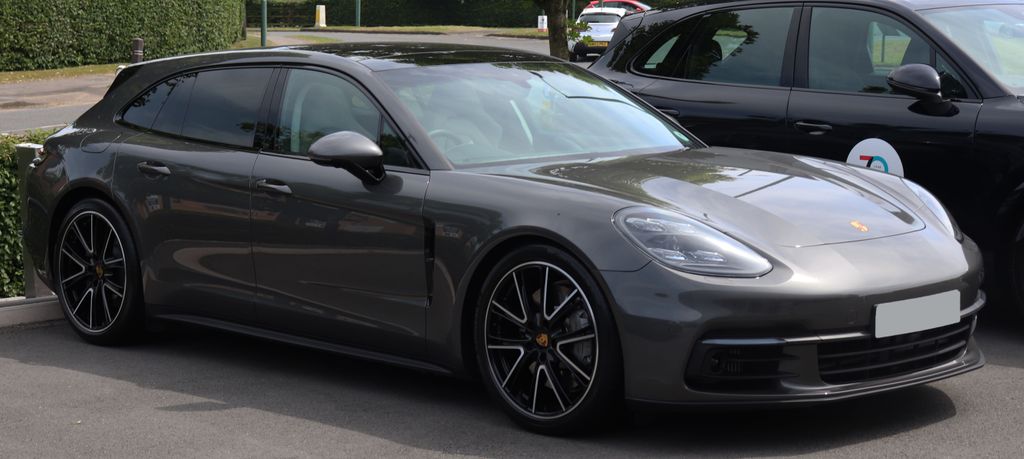
8. **Porsche Panamera: Performance Sedan’s Surprising Value Dip (61% Depreciation)**The Porsche Panamera, a distinctive blend of sports car performance and luxury sedan practicality, surprisingly joins the ranks of high-depreciating luxury vehicles, shedding 61% of its value over a five-year period. This figure might come as a notable surprise to many enthusiasts, particularly given Porsche’s generally strong reputation for exceptional resale values across its lineup, with models like the Macan, 911, and 718 Boxster/Cayman often cited for their impressive value retention. However, the Panamera occupies a significantly different and more challenging market segment.
Unlike Porsche’s revered two-door sports cars and highly popular SUVs, the Panamera squarely enters the intensely competitive luxury performance sedan category. This niche market, while undoubtedly appreciating the brand’s unparalleled engineering prowess and driving dynamics, is also highly sensitive to evolving design trends, the introduction of newer and more powerful powertrain technologies, and shifting consumer preferences. A luxury four-door, even one adorned with a prestigious Porsche badge, doesn’t always command the same enduring demand and iconic status as a purebred sports car on the used market.
The substantial initial investment typical of a Panamera, often pushing well into six figures with options, naturally sets the stage for a dramatic financial drop once the vehicle transitions from new to used status. Compounding this, the specialized and often expensive maintenance inherent to a high-performance luxury vehicle contributes significantly to its depreciation. The discerning used car buyer is keenly aware of these long-term ownership costs, which influence their willingness to pay a premium for an older model.
Astute prospective buyers often find that allowing the initial owner to absorb the steepest period of depreciation by waiting a few years can yield substantial financial savings. This strategic approach allows them to enjoy Porsche’s renowned driving experience, luxurious cabin, and impressive performance without incurring the sharpest initial depreciation hit. It serves as a compelling reminder that even within a prestige brand like Porsche, the specific market segment and unique characteristics of a model play a crucial role in its long-term value retention.
Car Model Information: 2018 Porsche Panamera Base
Name: Porsche Panamera
Caption: 2024 Porsche Panamera (976)
Manufacturer: Porsche
Production: 2009–present
Assembly: Leipzig
Class: Luxury car
Layout: Front-engine, rear-wheel-drive layout
Predecessor: Porsche 989
Sp: uk
Categories: 2010s cars, 2020s cars, All-wheel-drive vehicles, All articles containing potentially dated statements, All articles with unsourced statements
Summary: The Porsche Panamera is a mid- to full-sized luxury car (E-segment or F-segment for LWB in Europe) manufactured and marketed by German automobile manufacturer Porsche. It currently spans across three generations, using a front-engine and rear- or all-wheel drive configuration.
The Panamera debuted at the 13th Auto Shanghai International Automobile Show in April 2009, later launching hybrid and diesel versions in 2011. In April 2013, the company introduced a facelifted model, again at the Shanghai Auto Show, followed by the US introduction of a plug-in hybrid version, the Panamera S E-Hybrid, in November 2013. Porsche launched the second-generation Panamera in 2016, and in November 2023, the third generation was introduced.
The Panamera name, as with the Carrera name, is derived from the Carrera Panamericana race.
Get more information about: Porsche Panamera
Buying a high-performing used car >>>
Brand: Porsche Model: Panamera
Price: $39,880 Mileage: 56,253 mi.
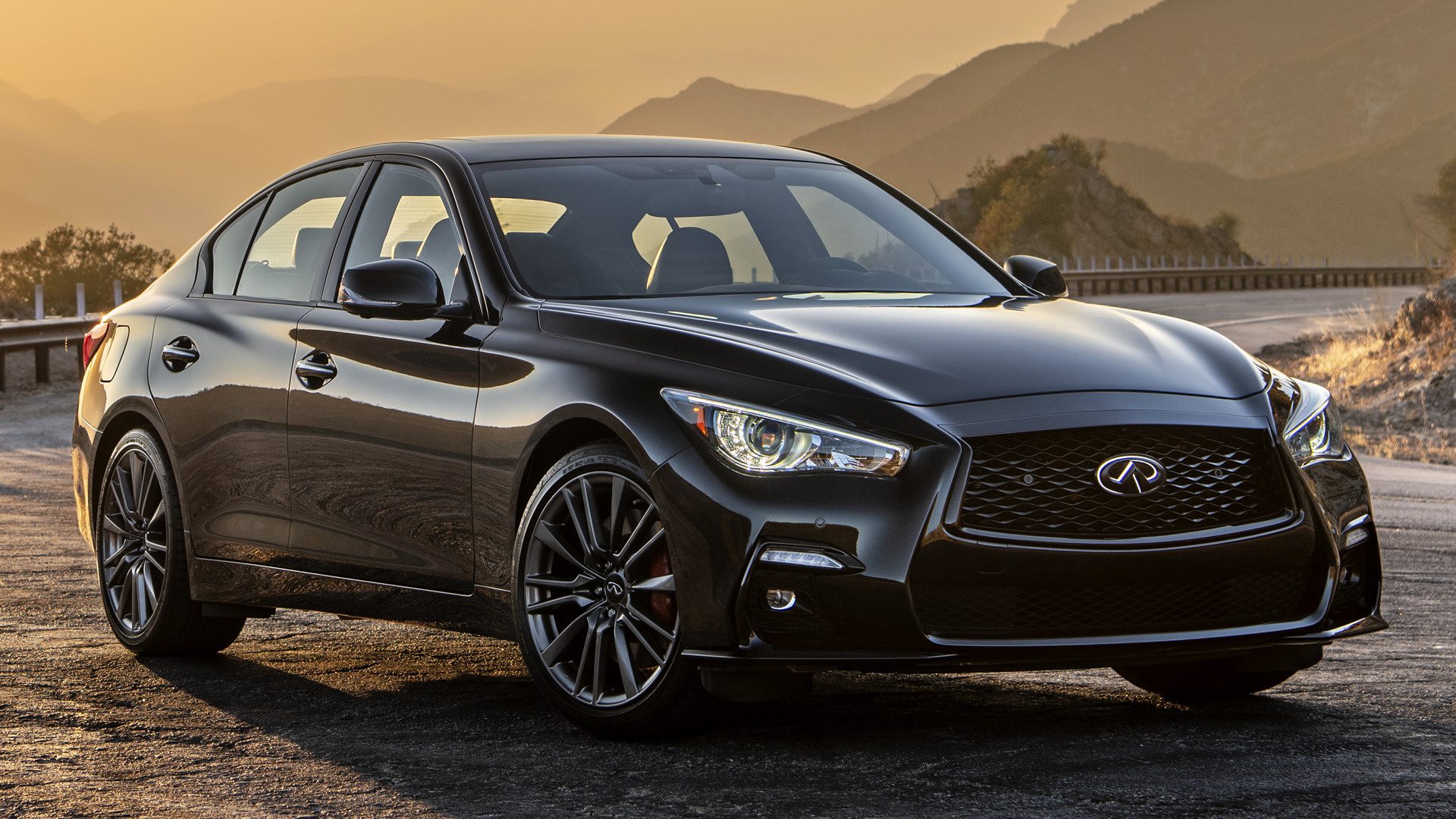
9. **Infiniti QX80: The Full-Size SUV’s Substantial Value Loss (60% Depreciation)**The imposing Infiniti QX80, a full-size luxury SUV, exhibits a considerable 60% depreciation after five years, positioning it as another significant depreciating asset on our list. While offering ample interior space, a commanding road presence, and a well-appointed, luxurious cabin, its inability to retain value at a rate comparable to some of its segment rivals warrants careful consideration from any prospective buyer. This trend is regrettably often observed in the fiercely contested and rapidly evolving large luxury SUV segment.
Factors contributing to the QX80’s substantial depreciation include intense competition from more established players in the premium SUV market, such as those from Mercedes-Benz or Lexus, who often benefit from stronger brand loyalty and a perception of more consistent reliability. Indeed, while Infiniti produces capable vehicles, it has been noted in broader market analysis that the brand “don’t quite have Lexus’ reputation for bulletproof reliability,” a sentiment that, whether entirely fair or not, can subtly but significantly influence resale values and buyer confidence in the secondary market.
Furthermore, the sheer size and considerable associated running costs, particularly concerning fuel economy for such a large, traditionally powered vehicle, can deter a segment of used car buyers who are becoming increasingly conscious of environmental impact and operational expenses. High annual mileage also typically accelerates depreciation, and large SUVs are often used for extensive family travel, further contributing to their value decline. These practical considerations weigh heavily against the initial luxury appeal.
For consumers specifically interested in the QX80, its depreciation profile presents a particularly compelling case for exploring the pre-owned market rather than buying new. Acquiring a two- or three-year-old model could yield substantial financial savings, allowing owners to experience the full-size luxury SUV’s comfort, capability, and amenities without absorbing the steep initial financial penalty. It underscores the critical importance of thorough research into a vehicle’s long-term value, even for those shopping at the premium, high-end of the automotive spectrum.
Car Model Information: 2020 INFINITI QX80 Luxe
Name: Infiniti QX80
Caption: 2019 Infiniti QX80 (US)
Manufacturer: Nissan
Aka: Infiniti QX56 (2004–2013)
Production: 2004–present
Class: Full-size,luxury SUV
BodyStyle: SUV
Layout: Front-engine, rear-wheel-drive,Front-engine, four-wheel-drive
Predecessor: Nissan Pathfinder#Infiniti QX4
Chassis: Body-on-frame
Categories: 2010s cars, 2020s cars, All-wheel-drive vehicles, All articles with failed verification, All articles with unsourced statements
Summary: The Infiniti QX80 (formerly called the Infiniti QX56 until 2013) is a full-size luxury SUV marketed by Nissan’s luxury division Infiniti since the 2004 model year. The first-generation QX56 was built in the United States and is based on the first-generation Armada. The second-generation model was released in 2010 as a model produced in Japan, which used the sixth-generation Patrol (later also marketed as the second-generation Armada since 2016) as the base vehicle instead. Since the 2014 model year in 2013, the vehicle was renamed to the QX80 as Infiniti renamed their entire product line under a new nomenclature.
Get more information about: Infiniti QX80
Buying a high-performing used car >>>
Brand: Infiniti Model: QX80
Price: $23,656 Mileage: 104,531 mi.
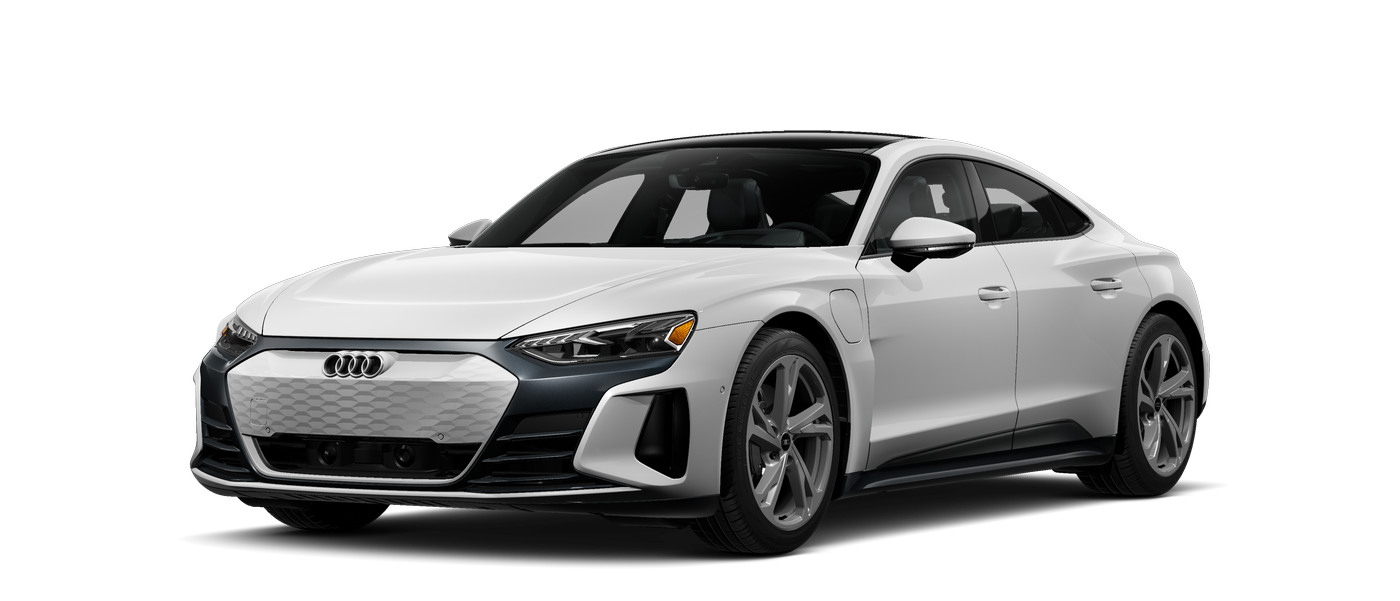
10. **Audi Q7: The Spacious SUV’s Value Quandary (59% Depreciation)**Rounding out our list of luxury cars with the highest depreciation after five years is the Audi Q7, showing a 59% reduction in its original value. This luxurious and highly versatile SUV, known for its standard all-wheel drive, spacious seating for seven, a meticulously designed interior, and sophisticated tech features like “slick tech features,” faces a somewhat complex depreciation narrative within the market. Its inclusion on this list underscores that even highly desirable and well-engineered vehicles are not entirely immune to significant value loss over time.
The depreciation of the Audi Q7 can be attributed to several factors prevalent in the highly competitive luxury SUV segment. The rapid pace of technological innovation means that features considered “slick” or groundbreaking at launch can quickly become commonplace or even outdated with subsequent model updates, thereby affecting the perceived value and desirability of older models. Moreover, the high initial purchase price, a characteristic of a premium seven-seater SUV, inherently creates a larger baseline for value erosion.
While the Q7 offers impressive capabilities, a refined driving experience, and undeniable luxury, the competitive landscape of the mid-size and large luxury SUV market is relentless. Buyers have a plethora of choices, and even minor shifts in market preference, economic conditions, or brand perception can significantly impact resale values across the board. The ongoing costs associated with maintaining a technologically advanced European luxury SUV also play a role in used market price setting.
For prospective buyers eyeing an Audi Q7, understanding this depreciation pattern means that a certified pre-owned model, particularly one from a “2017 or 2018 vintage coming off lease with extended warranty included,” could represent a far more financially prudent acquisition. This strategy allows access to Audi’s renowned luxury, capability, and sophisticated features at a significantly more accessible price point, effectively letting the first owner absorb the most substantial portion of the depreciation curve.
**Conclusion: Navigating the Luxury Landscape with Financial Savvy**
Navigating the luxury car market requires more than just an appreciation for exquisite design, advanced engineering, and opulent comfort; it demands a sharp and informed understanding of depreciation. While the thrill of owning a brand-new, high-end vehicle is undeniably potent, the financial realities of rapid value loss, particularly for models like the BMW i3 or the Audi A8, can be a significant and often shocking deterrent. Our in-depth exploration has highlighted that even within the esteemed echelons of automotive luxury, some investments prove far less stable than others, shedding more than half their original value in just five years.
This data, however, doesn’t solely serve as a warning for the unwary; it also illuminates strategic opportunities for discerning buyers and astute investors. The pre-owned luxury car market, rich with these once-expensive machines, offers a compelling gateway to experiencing premium automotive excellence at a mere fraction of the initial cost. This pathway, however, requires careful consideration of potential long-term maintenance expenses, the ongoing evolution of technology, and the overall total cost of ownership.
Car Model Information: 2021 Audi Q7 55 Premium Plus
Name: Audi Q7
Manufacturer: Audi AG
Production: November 2005–present
ModelYears: 2006–present
Class: Full-size,luxury SUV
BodyStyle: SUV
Layout: Longitudinal engine,front-engine, four-wheel-drive
Sp: uk
Categories: 2010s cars, 2020s cars, All-wheel-drive vehicles, All Wikipedia articles written in British English, All articles with dead external links
Summary: The Audi Q7 is a crossover SUV made by the German manufacturer Audi, unveiled in September 2005 at the Frankfurt Motor Show. Production of this seven-seater SUV began in November 2005 at the Volkswagen Bratislava Plant in Bratislava, Slovakia.
The Q7 was the first SUV sold by Audi and went on sale in 2006. Later, Audi’s second SUV, the Q5, was unveiled as a 2009 model. Audi has since unveiled a third SUV model, the Q3, which went on sale in the third quarter of 2011, and a fourth SUV model, the Q2, which went on sale in November 2016. The Q7 shares a Volkswagen Group MLB platform and chassis with the Bentley Bentayga, Lamborghini Urus, Porsche Cayenne and the Volkswagen Touareg.
The Q7 is the second largest vehicle from Audi, being surpassed by the Q6 since 2022. While the Q7 has been the flagship SUV in Audi’s product portfolio, a top-of-the-line model with a lower roof, called the Audi Q8, was released in 2018.
It was one of the vehicles involved in the Volkswagen emissions scandal, with the company ordered to buy back some of the affected cars manufactured between 2009 and 2012. The Q7 is also subject to hundreds of NTSB complaints with many relating to potentially catastrophic engine failure issues, and a class-action lawsuit related to squealing brakes.
Get more information about: Audi Q7
Buying a high-performing used car >>>
Brand: Audi Model: Q7
Price: $28,991 Mileage: 52,765 mi.
Ultimately, a truly savvy investor in the luxury car segment is one who not only revels in the elegance, performance, and prestige of their chosen ride but also astutely navigates the intricate financial currents of its value over time. By understanding which models are prone to the steepest depreciation, buyers can make informed decisions that align both with their automotive desires and their financial prudence, ensuring that the dream of luxury car ownership remains a joy, not a financial burden.

